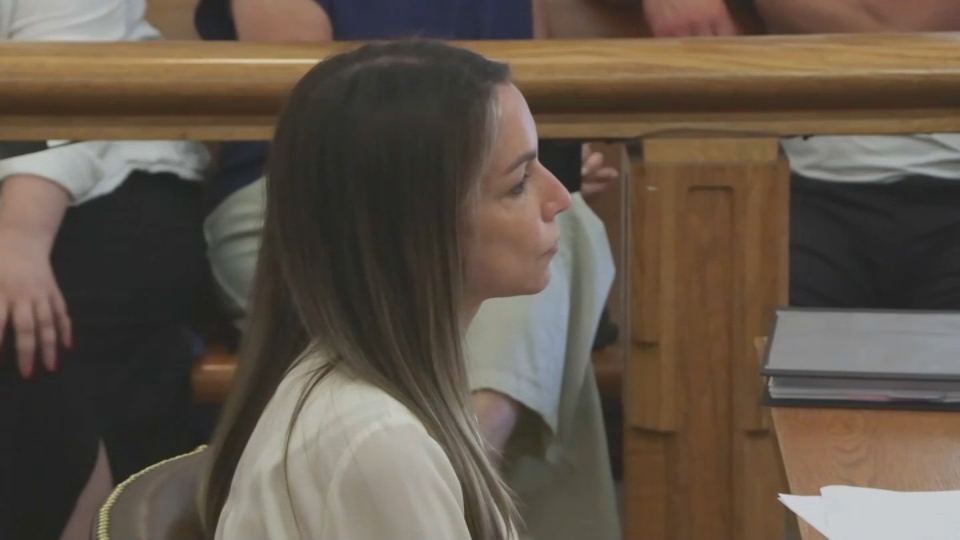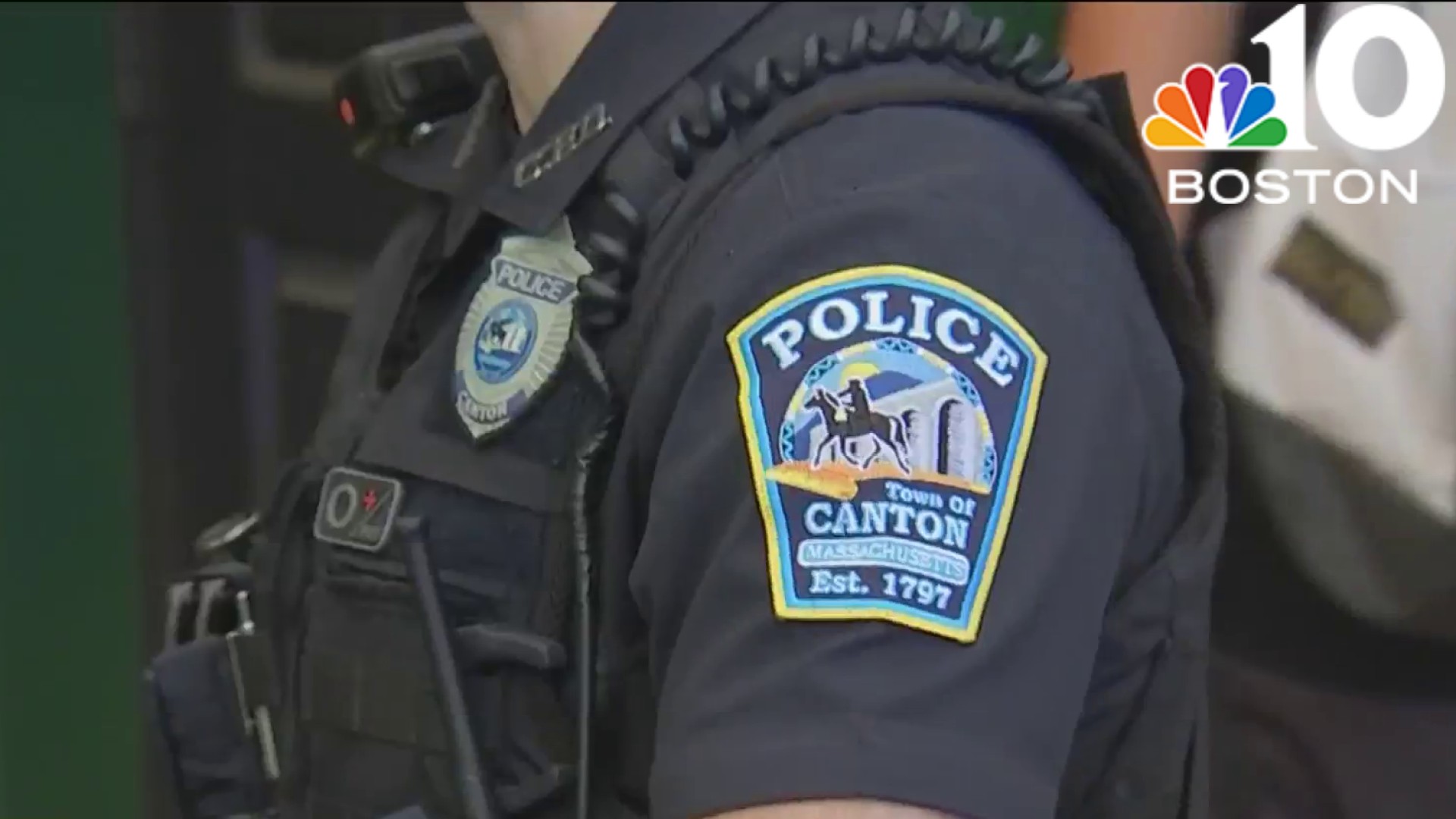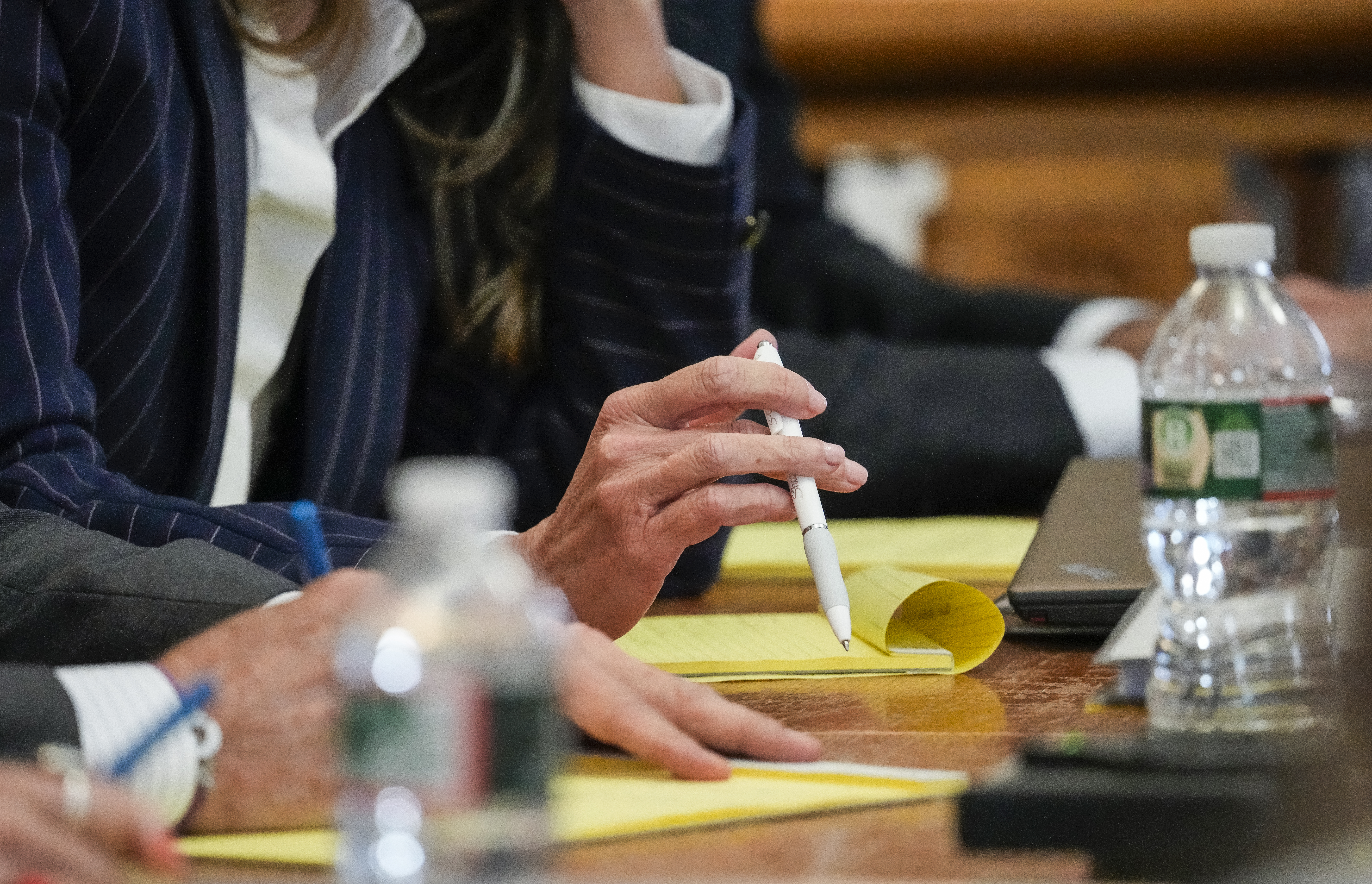The defense rested its case Monday in the Karen Read murder trial and closing arguments are expected Tuesday morning.
Both sides are expected to get about an hour to present their closing arguments, after which jurors will begin deliberations.
STAY IN THE KNOW
Watch NBC10 Boston news for free, 24/7, wherever you are. |
|
Get Boston local news, weather forecasts, lifestyle and entertainment stories to your inbox. Sign up for NBC Boston’s newsletters. |
The closing arguments and deliberation will take place nearly 900 days after John O'Keefe's body was found. Read is accused of hitting O'Keefe with her SUV and leaving him to die in the snow. She claims it was a cover-up by law enforcement.
Watch the Karen Read trial live on nbcboston.com, NECN, NBC Boston streaming platforms (including Roku, Peacock and Samsung TV) and NBC10 Boston's YouTube page. Every night of the trial at 7 p.m., come back for analysis and more.
Email questions to canton.confidential@nbcuni.com.
Perhaps one of the biggest days of trial was last Friday. After the prosecution rested, the defense took over, putting Dr. Marie Russell — a retired forensic pathologist — on the stand.
When O'Keefe was found dead on Jan. 29, 2022, he was found with abrasions on his arms. Russell reviewed the autopsy report and pictures of O'Keefe after his death.
"Is it your opinion, based on a reasonable degree of medical certainty that these injuries were from an animal attack, possibly a large dog," asked defense attorney Alan Jackson.
"Yes," said Russell.
Now, this is an important because the homeowner of the home where O'Keefe was found in front of, Brian Albert, had a dog named Chloe, who he described on the stand as being aggressive. However, he claims O'Keefe never came into his house that night.
More pathologists took the stand Monday.
Expert says O'Keefe's arm injuries weren't consistent with a motor vehicle accident
Dr. Frank Sheridan, a retired medical examiner and forensic pathologist, was the first witness called by the defense on Monday. He said he conducted approximately 13,000 autopsies in his career.
Prior to testifying, Sheridan said he reviewed the autopsy report, neuropathology report, toxicology report and autopsy photos in the Read case, including photos of O'Keefe and the scene of his death, along with various police reports related to the case.
Sheridan began his testimony by commenting on the injuries O'Keefe had on his arm, calling them "friction injuries" and saying they were sustained before death.
Asked if the injuries were consistent with being struck by a vehicle, he said, "it doesn't look remotely like that at all."
He explained that if you are hit by a vehicle, there would be bruising or fractures, and all that appears on O'Keefe's arms are abrasions.
Sheridan also testified that O'Keefe's arm injuries are consistent with an animal attack, most likely a dog.
"All of these marks are generally consistent with, if you want to call it, scratch marks," he said.
Sheridan was also asked by defense attorney Elizabeth Little if O'Keefe's injuries are consistent with being hit by a car at 24 mph, as the prosecution contends.
"No, I don't think so," he said.
Sheridan also said O'Keefe's injuries could be consistent with a physical altercation, particularly his head injury and other lacerations and scrapes on his face and bruises on the back of his right hand, which he said are consistent with a defensive injury.
"I would say that some of these findings I've just mentioned are consistent with the possibility of a physical altercation, yes," he said.
After cross-examination by Assistant District Attorney Adam Lally, Sheridan finished his testimony around 10:30 a.m.
Accident reconstruction experts take the stand
The second defense witness of the day was Dr. Daniel Michael Wolfe, director of accident reconstruction at ARCCA, a forensic engineering consulting firm. He was interviewed last week during voir dire before Judge Beverly Cannone decided he would be allowed to testify.
He testified about how he was hired by an outside agency to analyze the damage to Read's SUV, even performing a reconstruction to determine if the vehicle hit O'Keefe and if his injuries were consistent with a vehicle strike.
Wolfe said there was no damage to the SUV that appeared consistent with a pedestrian accident.
After a series of detailed questions about the accident reconstruction, Jackson closed by asking if the damage to the tail light of the SUV was consistent with striking O'Keefe in the head or arm, and Wolfe said it was not.
At that point, the court took its morning recess.
Upon returning from the recess, Lally began cross-examining Wolfe.
The third witness of the day was Dr. Andrew Rentschler, a biomechanical engineer and accident reconstructionist with ARCCA. Jackson began by establishing his credentials and then testified that he has not been paid by nor does he answer to the defense.
He spoke about testing that was conducted on the tail light cover from Read's SUV and looked at the overall evidence, including where O'Keefe was found and any damage sustained by the vehicle.
He said he determined in his analysis whether there was sufficient force from the broken tail light to have caused O'Keefe's injuries. He said if the SUV were going 15 mph or more, you would see upwards of 1,000 pounds of force, which would cause "significant injuries." He said the fact that O'Keefe suffered only a head injury was inconsistent with being struck by the tail light. He also said the test they conducted showed greater damage to the tail light than occurred in the Read case.
If struck by the tail light of a vehicle going 24 mph, Rentschler said he would expect to see fractures, deep contusions and lacerations, instead of just the abrasions found on O'Keefe's arm.
He finished his testimony around 1 p.m. Monday, marking the final witness in the case.




